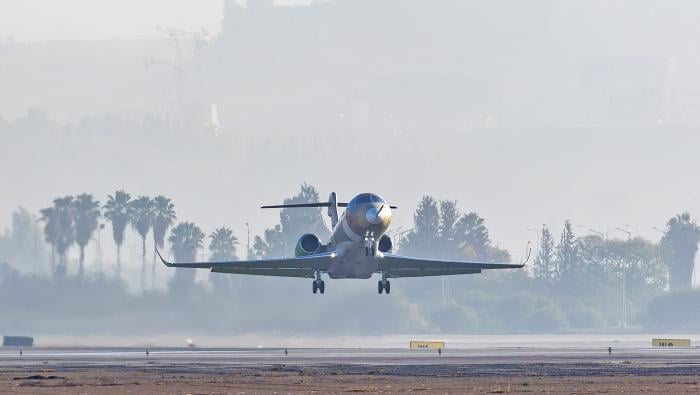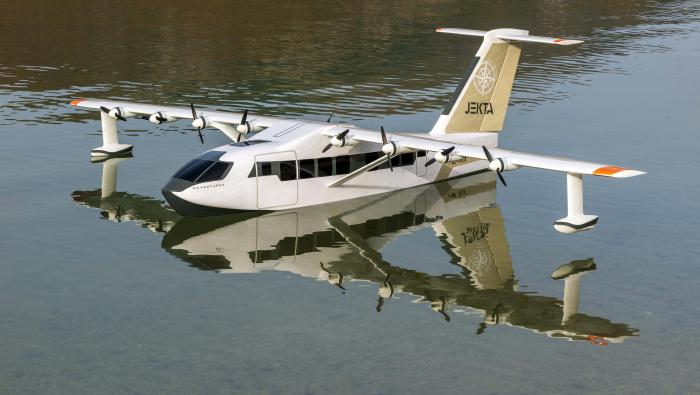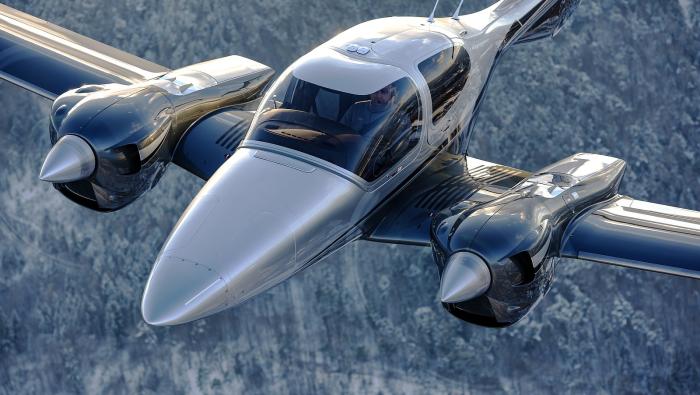Movers & Shakers: Rick Adam hopes his A700 becomes third certified VLJ
How is the A500 program progressing?
As of late last month, the A500 is certified to its full 5.5-psi pressurization, which provides
As of late last month, the A500 is certified to its full 5.5-psi pressurization, which provides








